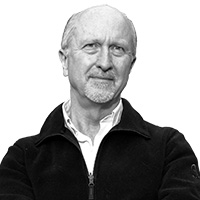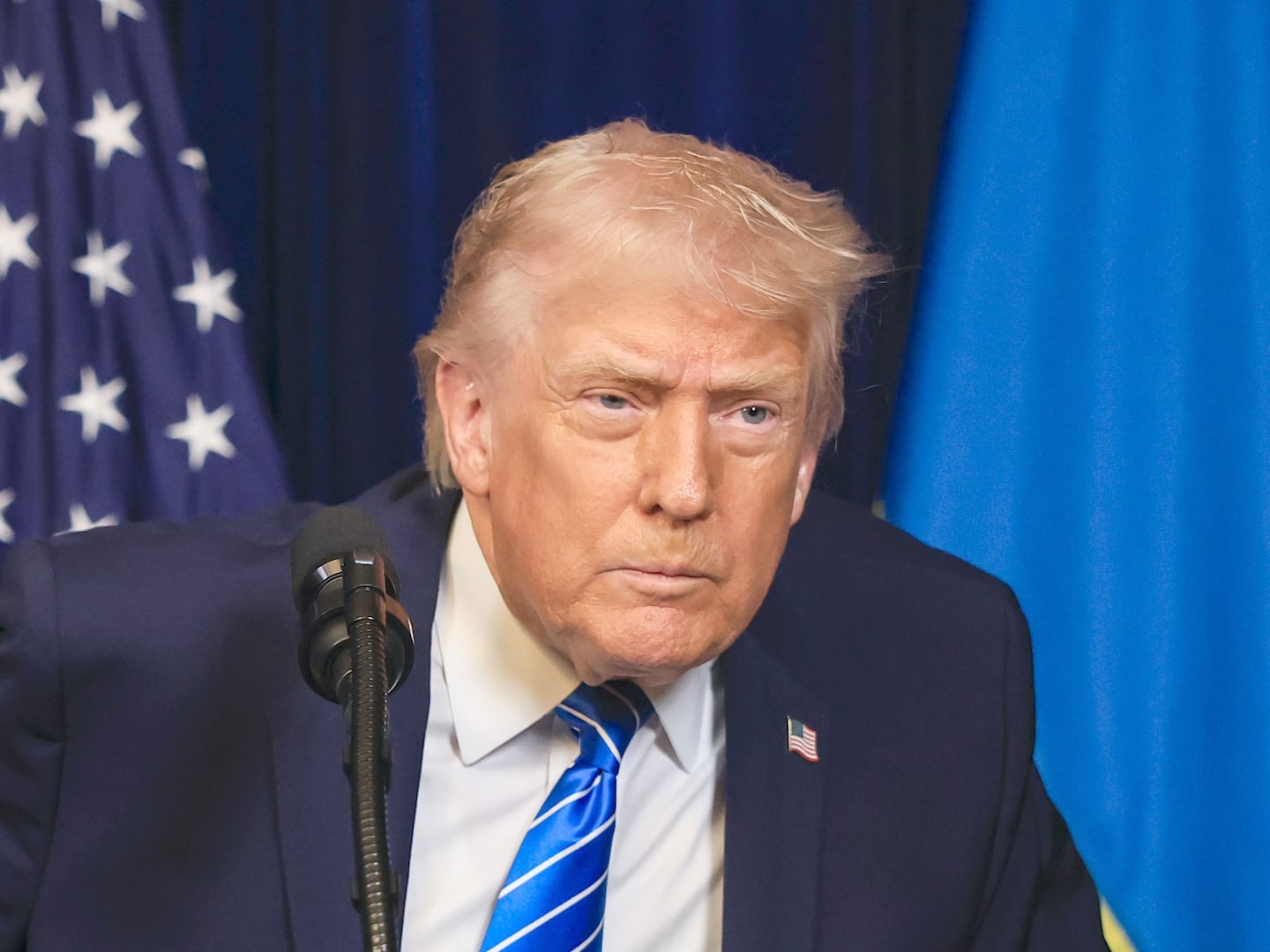BRUSSELS — He saw something and he said something.
The cab driver who took three mass murderers to the Brussels airport on Tuesday thought the way they handled their baggage was weird. There were too many suitcases—very heavy suitcases. They said they’d ordered a van, but all he had was a sedan. According to some accounts, one suitcase had to be left behind. And they didn’t seem to want him to touch those bags.
Drivers get used to strange passengers, but when this one heard news that bombs had gone off at the airport, he went straight to the Belgian police and led them to the apartment where he’d picked up those three men with their heavy bags in the Schaarbeek neighborhood of Brussels.
The police search turned up a trove of bomb-making materials: 15 kilos of powerful TATP explosives made from raw materials common in beauty supply stores—acetone (nail polish remover) and hydrogen peroxide (hair bleach)—but in much greater quantities than the average vanity unit. There were 150 liters of acetone and 30 liters of peroxide: truly a bomb-making factory.
They also found a laptop thrown into a trashcan, and on it, according to prosecutors, was “the last will” of Ibrahim el Bakraoui, well known to police as a criminal and a thug, but not a jihadist. He said he was acting “in haste,” that he “no longer knew what to do,” that he was “hunted everywhere” and could “no longer be safe.”
Those snippets of his testament, released by the Belgian Federal Prosecutor on Wednesday afternoon, seemed to confirm the theory that a terrorist plot that had been taking shape for some time was suddenly rushed when Belgian and French police started closing in on Salah Abdeslam, a member of the terrorist cell that attacked Paris in November, killing 130 people.
“If they take too long, they risk winding up next to him in a cell,” wrote el Bakraoui. The prosecutors offered no more context than that.
With clues from the scenes of carnage and the mother lode of material at the bomb factory, authorities were able to identify Ibrahim el Bakraoui as the man in the middle in the now famous CCTV image of three men pushing trolleys through the Brussels airport, where he blew himself up. The other two, one of whom also died, and one of whom ran away, have not been identified.
Amid the gory scene at the Maelbeek metro station near the office buildings of the European Union, police were able to identify by a fingerprint the mangled corpse of Khalid el Bakraoui, Ibrahim’s brother.
One of the el Bakraouis reportedly rented the house where police officers were involved in a shootout that left one jihadi dead last week. DNA evidence from the property in the Forest neighborhood of Brussels showed that Abdeslam had been there. He was captured two days later.
The forensic dots between the atrocities in Brussels and in Paris began to connect.
But that is little consolation amid fears that more ISIS terror cells are operating in Western Europe, and just biding their time before they hit again.
How to stop them?
That cab driver, and people like him, may hold the key. For obvious reasons, his name has not been leaked to the press, but according to sources in a position to know, he is, as many of the terrorists were, of Moroccan descent. But he volunteered information that has been critical to the ongoing investigation, and has helped it move along much more quickly than it might otherwise have done.
The challenge for European politicians and police, and indeed for Americans as well, is to encourage more people from Muslim and Arab communities to come forward when they see the first signs of suspicious activities.
When all Arabs and Muslims are vilified, isolated, pressured, intimidated and humiliated—the formula being preached in not-so-coded language by fear-mongering populists in Europe and the United States—they’re not going to be inclined to help investigators solve the crimes we have seen, or stop those that are to come.
“What we need to do is to understand what just happened and look ahead,” says Pieter Stockmans, who coauthored The Jihad Caravan, a book about Belgium and jihadism.
Looking ahead is what ISIS has been doing all along. The Brussels attacks are just a small step in the collective ISIS effort to force the hand of the overwhelming majority of moderate Muslims, eliminate the so-called “gray zone” and force them to take the side of violent jihad.
The “caliph” of the self-proclaimed Islamic State, Abu Bakr al Baghdadi, spelled out the strategy on May 15 last year, “If the Crusaders today have begun to bother the Muslims who continue to live in the lands of the cross by monitoring them, arresting them, and questioning them, then soon they will begin to displace them and take them away either dead, imprisoned, or homeless.”
In short, tearing up Western society by causing different groups to turn on each other is exactly what ISIS is aiming for. “Further estrangement from one another [Muslims from non-Muslims] is the perfect base for recruitment of terrorists,” says Stockmans.
Stockmans agrees with the analysis that the attacks were precipitated by Abdeslam’s arrest, and “executed prematurely.” But whatever deadline the terrorists set for the Brussels atrocity, the thing to do now is to determine the best response. “We may not be able to prevent some of the planned attacks,” says Stockmans, “but what we can control is our response to it.”
“We should do the opposite of what the terrorists want us to do,” Stockmans says. “They want to undermine the cohesion of our society. We have to remember that terrorism can not undermine a centuries-old process of democratization, only we can do that.”
—Nadette De Visser reported from Amsterdam.







